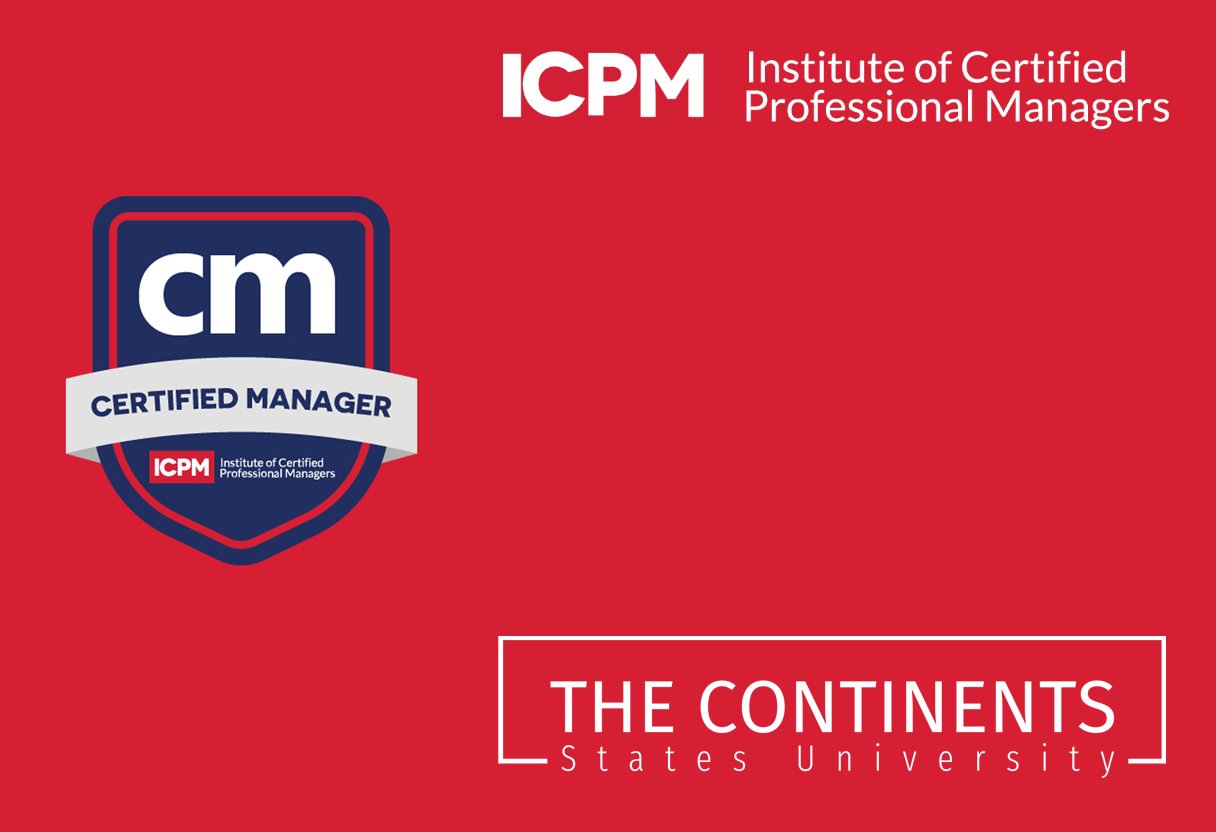As the fall semester approaches, it’s time to gear up for another exciting year of learning. Whether your child is heading back to the classroom or continuing with remote learning, being prepared is key to making the most of their academic journey. From school supplies to the academic calendar, here are some essential tips to ensure a successful start to the school year.
Key Takeaways
- Prepare in advance by stocking up on essential school supplies.
- Stay updated with the academic calendar to be aware of important dates.
- Communicate with teachers to stay informed about any changes or updates.
- Create a conducive learning environment at home to support remote learning.
- Focus on building connections with teachers and classmates for social and emotional development.
Establishing a Supportive Routine

As students prepare to head back to school for the fall semester, establishing a supportive routine is essential for a successful transition. By creating a structured schedule, children can develop a sense of predictability and stability in their daily lives. One effective way to do this is by posting a visible routine that outlines specific activities, such as morning chores, meals, and dedicated study time.
Consistency is key when it comes to establishing a routine. Setting regular bedtimes and wake times helps children adjust to the school schedule and ensures they get the recommended hours of sleep each night. By adhering to consistent bedtimes, wake times, and daily activities, parents can provide a sense of structure that facilitates focus and productivity.
It’s also important for parents to create an open dialogue with their children about their feelings regarding the upcoming school year. By encouraging communication, parents can identify any concerns or anxieties their children may have and address them proactively. This helps to foster a sense of support and reassurance as children navigate the transition back to school.
Benefits of a Supportive Routine:
- Provides a sense of predictability and stability
- Enhances focus and productivity
- Helps children adjust to the school schedule
- Fosters open communication and addresses concerns
“A consistent routine helps children feel secure and prepared for the demands of the school day.”
Creating a Positive Learning Environment

As the fall semester begins and many students continue with remote learning, it’s crucial to create a positive learning environment at home. By implementing effective strategies, parents can help their children stay organized, navigate technology, and thrive academically.
Organization is Key
One of the first steps in creating a positive learning environment is to help children stay organized. Designate a quiet workspace where they can focus and minimize distractions. Encourage the use of calendars, planners, or digital tools to keep track of assignments, due dates, and important events. Establish a system for storing school materials, such as notebooks, textbooks, and stationery, to promote easy access and minimize clutter. By fostering an organized space, children can develop good study habits and improve their overall productivity.
Embracing Technology
With remote learning becoming the norm, it’s essential for children to feel comfortable using technology. Take the time to explore the online platforms and tools used by the school together. This can include learning management systems, video conferencing platforms, and educational websites. Encourage children to navigate these platforms independently, but be available to provide support and guidance when needed. Ensuring a reliable internet connection and checking the functionality of devices are also crucial for a seamless learning experience. By embracing technology and empowering children to use it effectively, parents can support their academic growth.
Creating a Distraction-Free Zone
Distractions can hinder a child’s ability to focus and concentrate on their schoolwork. Establish a distraction-free zone by minimizing noise and interruptions during learning hours. Set clear boundaries within the household and communicate the importance of respecting each other’s learning time. Encourage family members to engage in quiet activities during these hours to maintain a peaceful and conducive environment. By creating a dedicated space free from distractions, children can enhance their concentration and maximize their learning potential.
By implementing these strategies, parents can create a positive learning environment that supports their child’s academic success during the fall semester. Through organization, technology integration, and the establishment of a distraction-free zone, children can thrive in their remote learning journey. Remember, a conducive learning environment sets the stage for optimal learning, growth, and achievement.
Building Connections and Managing Transitions

Transitions can be challenging for children as they start a new school year or move up to a different level. It’s important for parents to have open conversations with their children about what to expect and to address any concerns they may have. By building connections with teachers and classmates, even in a virtual setting, children can develop a sense of familiarity and comfort.
For older students transitioning to middle or high school, it can be helpful to discuss their class schedules and familiarize themselves with the layout of the school. This can alleviate feelings of anxiety and help them feel more prepared for their new environment. Providing support during these transitions and establishing coping strategies can empower children to adjust and thrive in their new surroundings.
Quotes:
“Building connections with teachers and classmates, even in a virtual setting, is essential for children’s social and emotional development.”
“Discussing class schedules and familiarizing themselves with the school layout can ease feelings of anxiety for older students transitioning to middle or high school.”
By prioritizing building connections and managing transitions, parents can support their children in navigating the challenges of starting a new school year or moving up to the next level. These strategies can help children feel more comfortable and confident, setting them up for success both academically and socially.
Promoting Mental Health and Emotional Well-being
As children gear up for the fall semester and head back to school, it’s crucial for parents and educators to prioritize their mental health and emotional well-being. The transition back to school can be a source of stress for many children, and it’s important to provide them with the support and resources they need to navigate this period successfully.
One key aspect of promoting mental health is open communication. Encourage children to express their feelings and concerns about going back to school. Listen attentively and validate their emotions, letting them know that it’s normal to feel a mix of excitement and anxiety. By engaging in these conversations, parents can help establish a sense of security and support their children’s emotional well-being.
In addition to communication, creating routines can also play a crucial role in promoting mental health. Routines provide structure and predictability, which can help children feel more grounded and less overwhelmed. Consistent bedtimes, regular meal times, and dedicated study periods can all contribute to a sense of stability. These routines can also help children establish healthy habits and manage their time effectively, reducing stress and promoting overall well-being.
Furthermore, it’s essential for educators to incorporate mental health education into the curriculum. By educating students about mental health topics, schools can reduce stigma and promote understanding. This can empower students to seek help when needed and create a supportive environment where everyone’s emotional well-being is valued.
Conclusion
As the new school year begins, parents play a vital role in ensuring their children’s academic success and mental health support. By implementing the tips and strategies mentioned in this article, parents can set their children up for a successful year of learning.
Establishing routines is crucial for a smooth transition back to school. Setting consistent sleep patterns, following recommended hours of sleep, and creating visible routines can help children adjust to the school schedule.
Creating a positive learning environment at home is key to academic success. By setting up a quiet workspace, organizing school materials, and ensuring reliable technology, children can stay focused and productive during remote learning.
Building connections and managing transitions are important aspects of a well-rounded education. Parents can support their children by addressing concerns, fostering relationships with teachers and classmates, and providing guidance during school transitions.
Prioritizing mental health and emotional well-being is crucial for a successful school year. By communicating with children about their feelings, integrating mental health education into the curriculum, and utilizing available resources, parents and educators can provide the necessary support.
Remember, back to school season is not just about academic success but also about fostering a positive and supportive environment for children to thrive both academically and emotionally.
FAQ
How can parents prepare their children for the new school year?
Parents can prepare their children by understanding their role, communicating with teachers, creating a conducive learning environment at home, and establishing routines.
What can parents do to help their children adjust to the school schedule?
Parents can help their children adjust to the school schedule by setting consistent sleep patterns beforehand and following the recommended hours of sleep.
How can parents create a positive learning environment at home?
Parents can create a positive learning environment at home by helping children stay organized, setting up a quiet workspace, ensuring a reliable internet connection, and familiarizing themselves with school websites and programs.
What can parents do to support their children during transitions?
Parents can support their children during transitions by discussing what to expect, building connections with teachers and classmates, and providing coping strategies.
How can parents prioritize their children’s mental health and emotional well-being?
Parents can prioritize their children’s mental health and emotional well-being by communicating with them about their feelings, integrating mental health education into the curriculum, and utilizing resources and support systems.
Source Links
- https://childmind.org/article/preparing-for-back-to-school-success/
- https://www.samhsa.gov/blog/back-to-school-and-mental-health-supporting-children
- https://www.brooklane.org/blog/12-tips-successful-school-year


